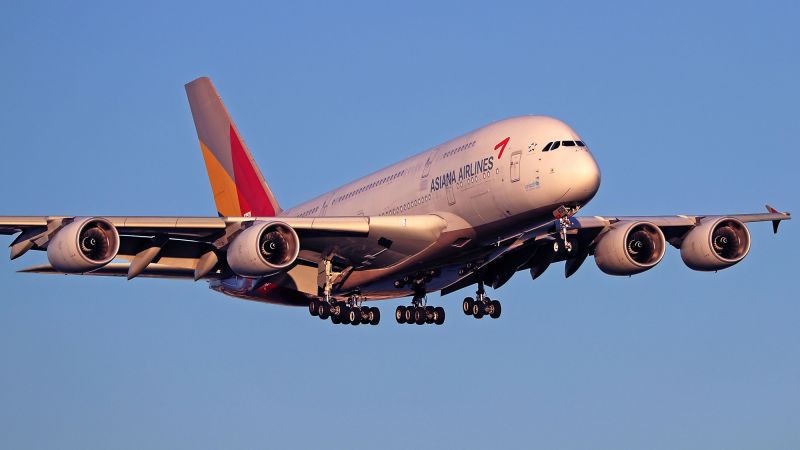CNN
—
They’re massive pieces of engineering that seem to defy physics as they hang in the air during takeoff and landing, but double-decker passenger airplanes — the Boeing 747 and Airbus A380 — are still some of the most popular aircraft around.
Perhaps it’s their whisper-quiet cabins and spacious designs. Or the availability of opulent amenities, like shower suites and onboard bars. For aviation enthusiasts, there’s the added novelty of flying on a plane’s upper deck or nose.
However, it’s a matter of when — not if — these planes will be retired once and for all. Over a half-century ago, the 747, the original jumbo jet, ushered in a glamorous jet age, helping bring affordable air travel to the world. But in today’s era, the double-deckers are too big and too expensive for most airlines.
Thankfully, travelers can experience these aircraft for at least another decade. Today, 11 airlines around the world fly two-level passenger planes. To stay competitive, several carriers are even investing in them with updated seats and refreshed onboard amenities.

Double-decker planes aren’t produced anymore, with Boeing ending 747 production in 2022 and Airbus calling it quits on the A380 — the world’s biggest passenger plane — in 2021. Therefore, their lifespan is reliant on what is already in airlines’ fleets.
The pandemic accelerated the double-decker’s demise, with carriers like Air France permanently grounding its 10 superjumbo A380s. “The problem with the A380 is not necessarily its size, but its lack of efficiency,” says Brian Sumers, an aviation expert and founder of The Airline Observer.
“Boeing understood sooner than Airbus that the future would be about fuel-efficient single-deck jets with two engines. Now, of course, they both know it.”
However, continued delays and global supply constraints mean the two companies are unable to deliver new aircraft fast enough to meet demand. This, along with continued demand for premium travel, means the A380 and 747 are soldiering on.
Qantas and Etihad, for instance, earmarked the A380 for retirement, only to bring their planes back from the brink of extinction over the last few years.
Global Airlines, a British startup, is a peculiarity, having acquired a double-decker aircraft on the second-hand market, with three additional ones planned. The carrier aims to offer transatlantic flights starting this year with a single 16-year-old A380, but its economic proposition is questionable.
“The airline business is tough under any circumstances. It becomes nearly impossible if you’re running a tiny fleet of inefficient aircraft,” says Sumers.
Finally, there’s one more twist: one could argue that the final Boeing 747 has yet to enter service. Two new Boeing 747-8s are currently being modified, not without controversy, to become the United States Air Force One presidential aircraft. They’re expected to start flying in 2029.
Airlines with the 747 and A380
Here’s a closer look at the airlines that fly a double-decker passenger jet — including the ones that offer the best onboard experiences (yes, we’re talking bars, lounges, suites and more).

Air China is only one of three carriers that still operate the Boeing 747 (Lufthansa and Korean Air are the others). The airline has a total of nine Boeing 747s in its fleet — two 747-400s and seven 747-8s.
There are no imminent plans for its Queens of the Skies to be retired.
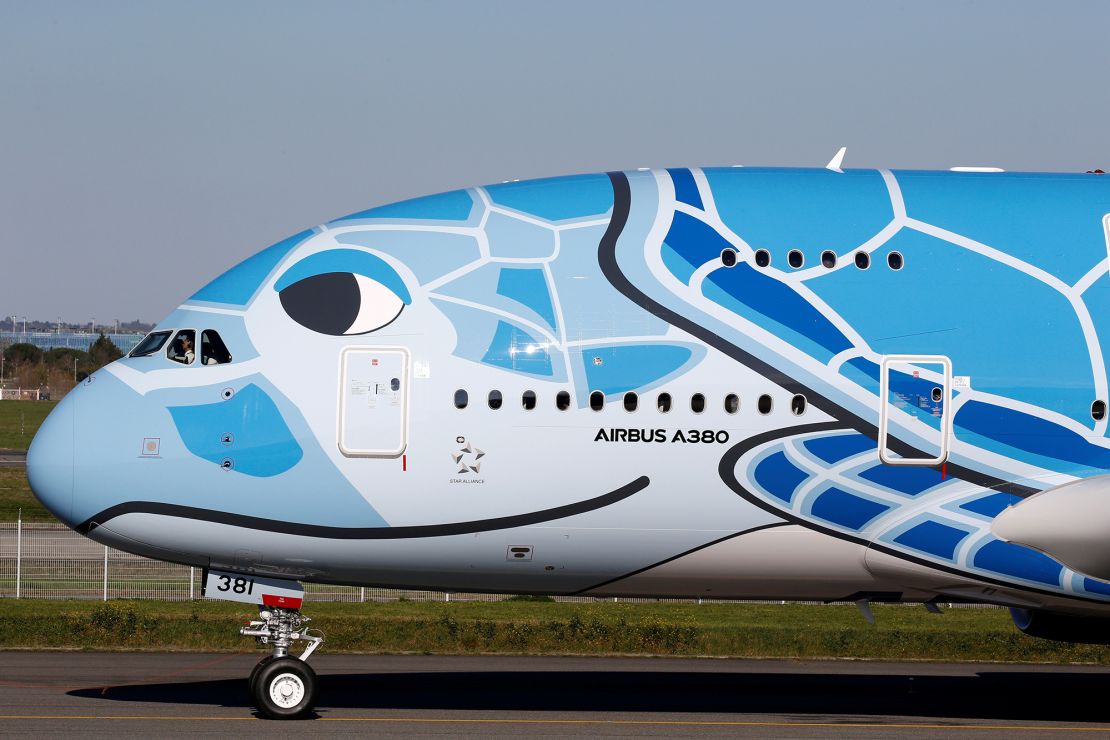
In 2020, Japan’s largest carrier, ANA, became the last new customer for the Airbus A380. The airline has three A380 aircraft, which exclusively fly between Tokyo and Honolulu.
Passengers can expect modern first and business-class cabins alongside a unique Hawaiian-themed livery called “Flying Honu.” There’s plenty of time to fly on these planes — the oldest ANA A380 has only been flying for six years.
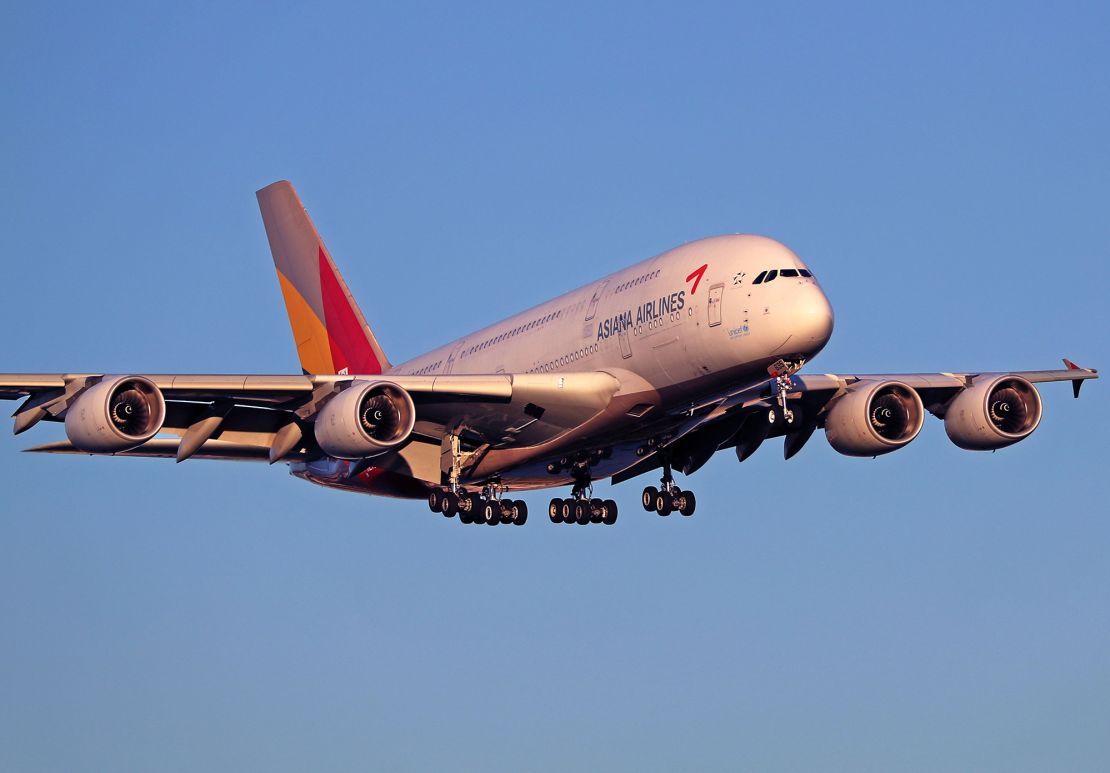
Korean carrier Asiana has a fleet of six A380s, and it’s not yet clear when they’ll be retired. On the upper deck of the A380 is a lounge area with banquette-style seating, which business class passengers can use.
The carrier is set to merge with Korean Air over the next couple of years.
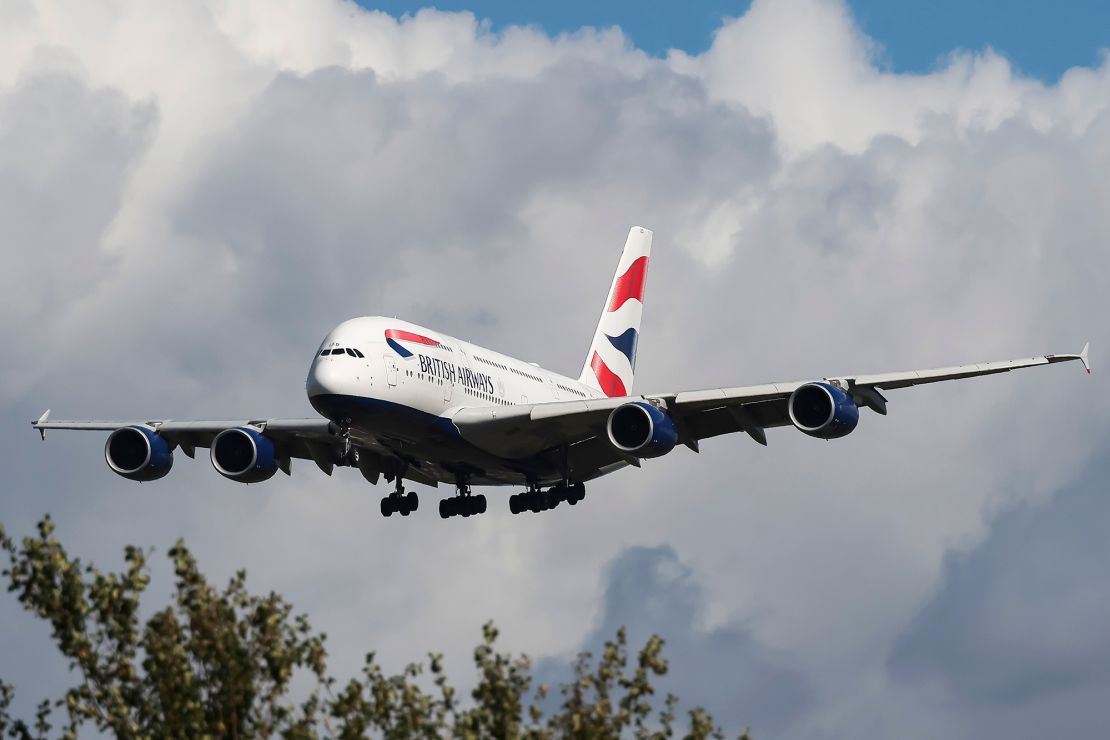
In late 2021, the airline brought back the A380, and all signs point toward the superjumbo staying in the British Airways fleet for years to come.
Later in 2025, the carrier plans to begin refurbishing its 12 A380s with an all-new first-class suite, bringing new life to the jet.
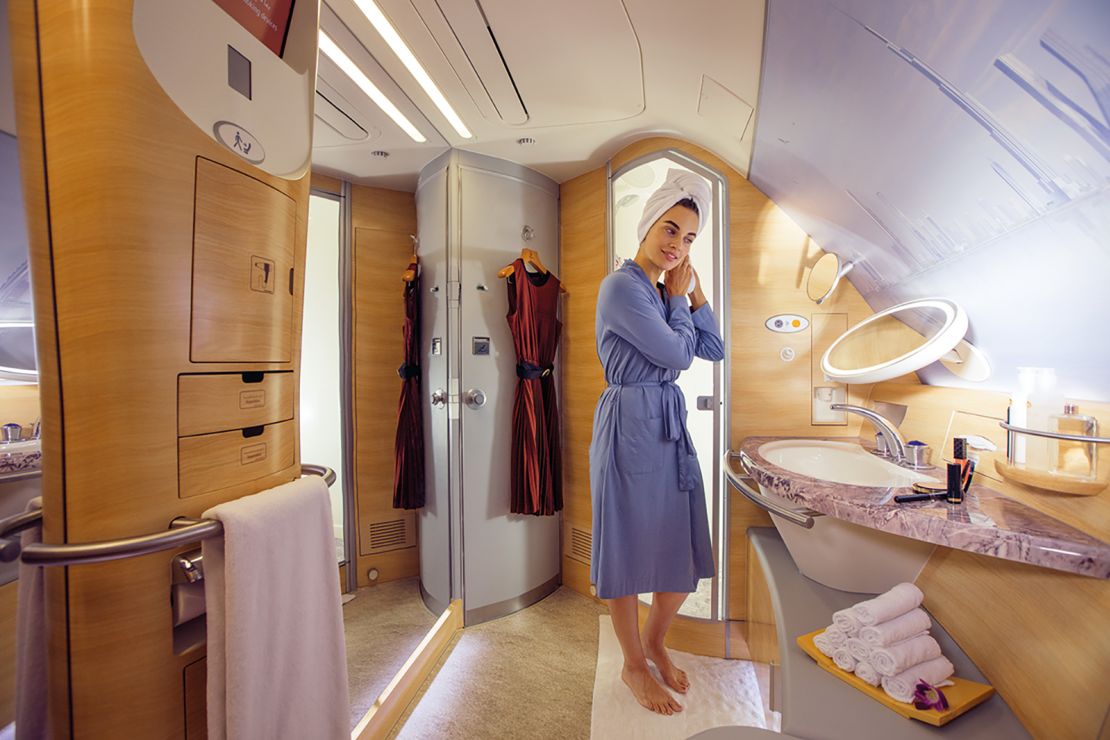
The Dubai-based carrier operates the most A380s of any airline, with 116 of the double-deckers in its fleet. They’ve got more than a decade left of flying.
“Emirates is really the only airline to have cracked the code with the A380,” says Sumers. “They’ve done a nice job telling people about the passenger comfort benefits of the giant plane.”
The most lauded aspect of the Emirates A380? Ultra-luxurious private suites and a shower spa in first class, and an onboard bar and lounge in business class. Beyond first and business, the airline is in the process of equipping 67 of its A380 aircraft with a premium economy cabin as part of a massive billion-dollar retrofit. It’s the first of the major Middle Eastern carriers to offer this class of service.

In 2023, Etihad brought back its 486-seat A380 from the brink of retirement. It currently has six A380s, with a seventh reentering service later this year. The carrier is famous for its swanky, three-room suite in the sky called The Residence. This 125-square-foot space is the closest thing to flying on a private jet and comes with its own living room, bedroom and private bathroom.
Etihad also has nine first-class seats, each with a separate bed and recliner, along with an onboard bar and shower spa. Current A380 routes include New York, London, Paris and Singapore (with Toronto replacing New York in August 2025).
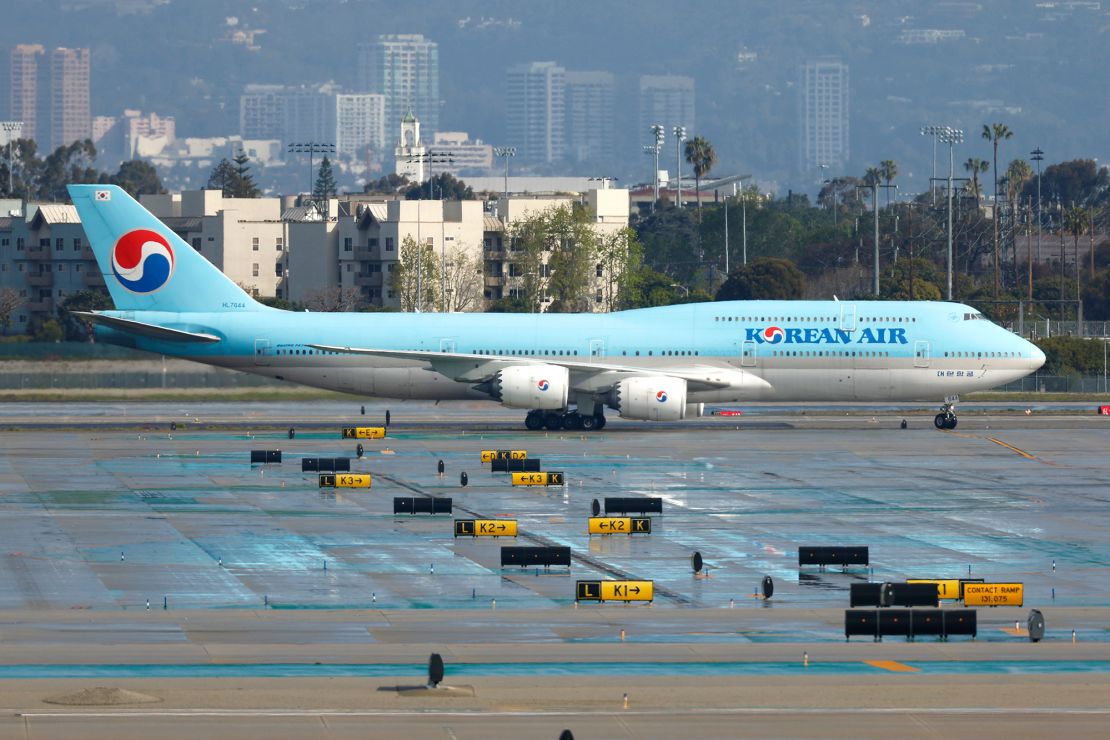
The Seoul-based carrier operates both the 747 and A380 — but travelers should opt for the former if given the chance. That’s because the cabins on the 747 are more modern, and every business class seat has direct aisle access (unlike aboard the A380).
“Some of our customers intentionally choose us to fly on a double-decker aircraft,” says David Pacey, executive vice president of inflight services and lounges at Korean. While both the 747 and A380 were set to be retired by 2025, delays in new aircraft delivery mean they’ll continue to fly for at least several more years.
In March, the airline unveiled an all-new onboard experience, including updated premium cabin menus and blankets and loungewear by Frette. Korean also has some of the best economy legroom of any airline, with an average seat “pitch” (distance between seats) of 33-34 inches.
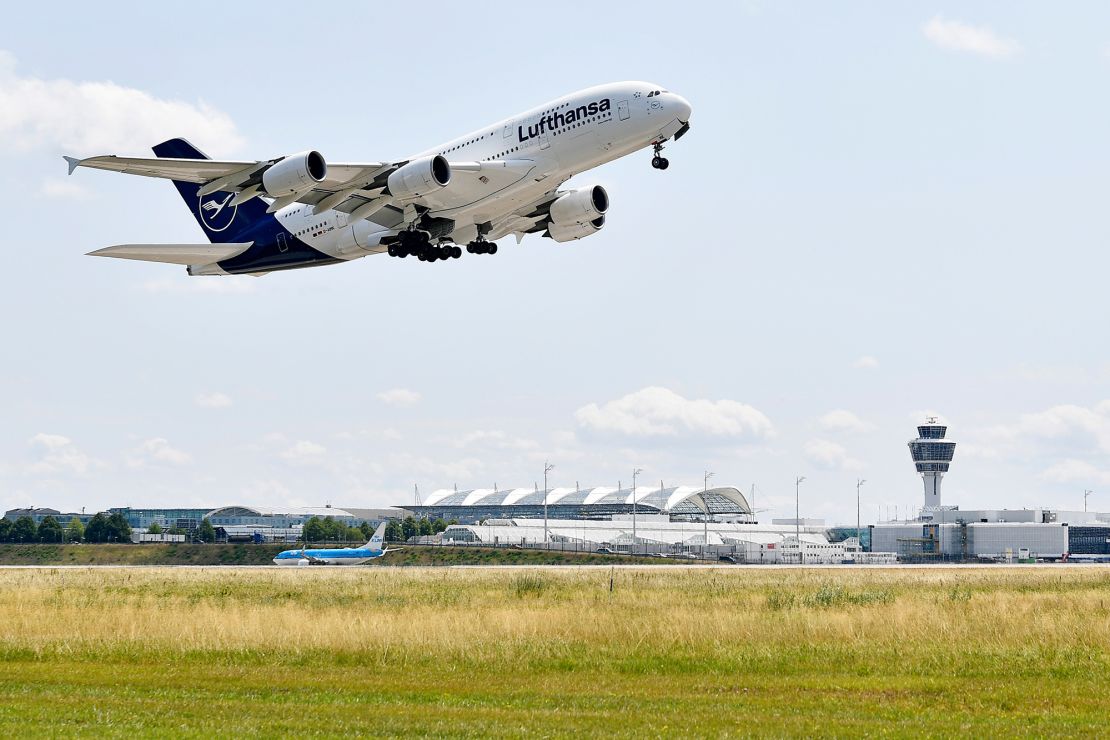
German flag carrier Lufthansa is the largest operator of the 747, and there’s plenty of life left in these planes. In the coming months, the 747-8 variant will start to be refurbished with new first-class suites, Allegris business and a modern premium economy. (The new business product will be installed initially, then first class later.)
Meanwhile, eight of Lufthansa’s A380s have returned to service, with two more planned. These jets were brought back due to ongoing delays with the delivery of the Boeing 777-9. Starting next year, the A380 will also get a new business class, a massive upgrade from the dated 2-2-2 layout that’s currently flying.
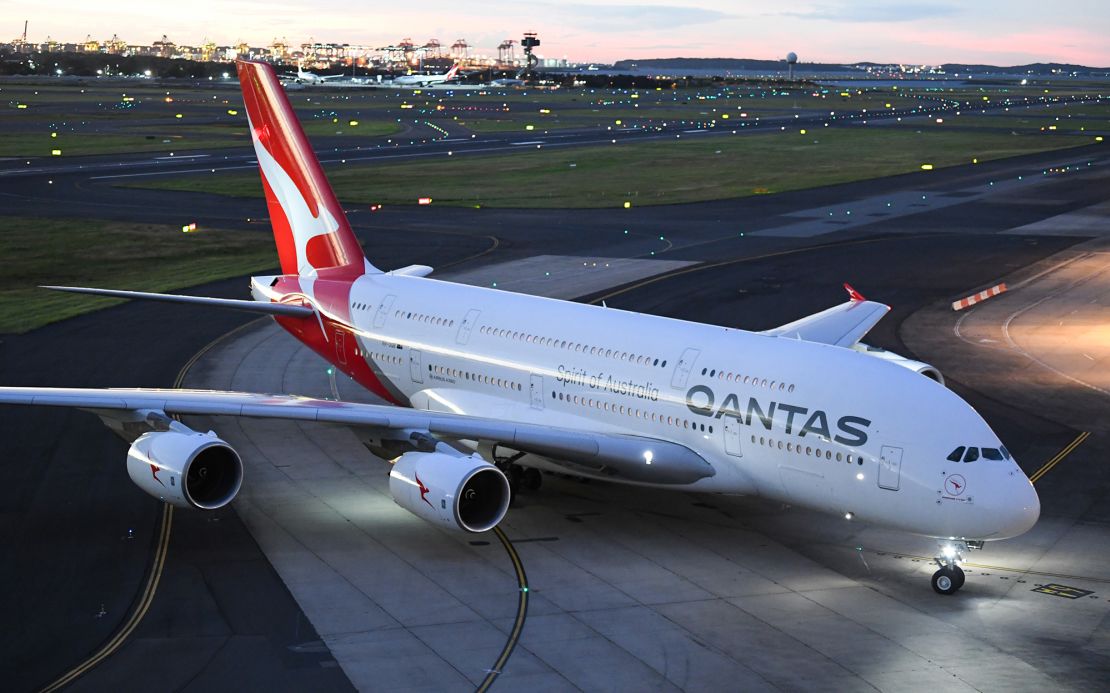
Over the last several years, Australian flag carrier Qantas has undergone a massive refurbishment of its A380 aircraft. That includes more premium seats — 70 updated business suites, an extended premium economy section with 60 seats, as well as a refreshed first class and an inflight lounge.
“The Airbus A380 has been a consistent favorite for our Qantas customers ever since the aircraft took to the skies in 2008,” says Cam Wallace, the airline’s CEO. Wallace says to expect the double-decker to remain flying until 2032, when it’ll be replaced by the Airbus A350.
Qantas currently has eight A380s in operation, with two additional aircraft slated to rejoin the fleet in 2025. One of those planes will fly the Dallas to Sydney route beginning in August.

The Doha-based carrier has a fleet of eight A380s, and they’ll be flying for years to come.
While the A380 doesn’t have Qatar’s newest business-class product called the Qsuite, it does have an onboard bar and lounge as well as an eight-seat first-class cabin.
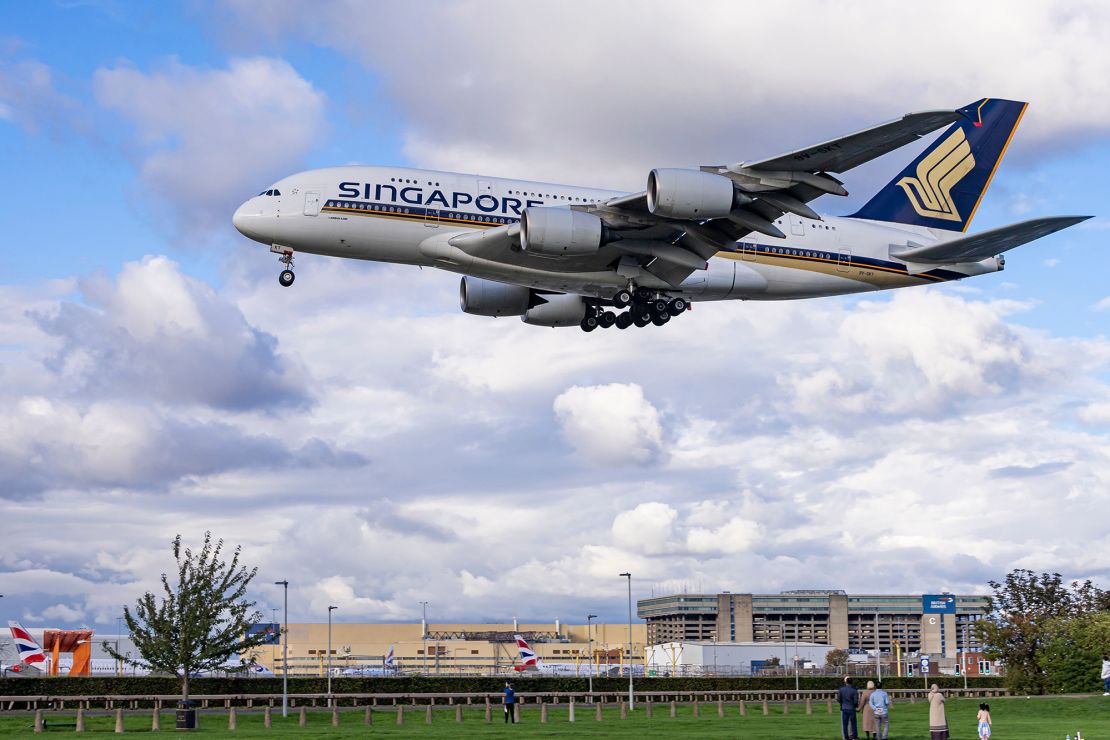
Singapore flies 12 A380s, and they’re known for their opulent first-class product.
These hotel room-like suites offer more than 50 square feet of space, a reclining armchair, a separate bed (two suites can be combined to create a double bed) and sliding doors.
The airline has no imminent plans to retire the A380.

